It is an honor to announce that the Nimitz Museum of the Pacific War now contains an “AWR Hawkins Collection” of World War II POW histories based on interviews conducted with POWs who were held in Pacific and European theaters.
The collection also includes oral histories from WWII combat veterans who were were not POWs, but who fought and sacrificed for our freedom in the most inhospitable of conditions.
During my Masters’ studies followed by my PhD studies at Texas Tech University–a time frame covering 2002 through the first half of 2009–I spent many weekends on the road interviewing Americans who were shot down over Japan and Europe then held has POWs. One interview would lead to another, which would lead to another, as a POW would finish an interview by bringing up the name of another POW who lived in the area or even across the state. By the time the interviews were over, I had had the honor of sitting with nearly 43 POWs who were captured and held in Japan, Italy and Germany, as well as men who were in the Bataan Death March. I had also had the honor of sitting with men who served selflessly in Tank Destroyer Battalions and others who fought in General Patton’s Third Army.
Enough of those interviews have now been transcribed to launch the “AWR Hawkins Collection” at the Nimitz Museum, with the goal of adding transcriptions of all the remaining interviews over the course of the next weeks and months. (Memorabilia is also added when possible; when family members can be reached to contribute photos, government documentation, award citations, etc.)
One of the POWs in the collection is Scott Downing, a B-29 bombardier who was shot down over Tokyo on the the night of March 25, 1945.
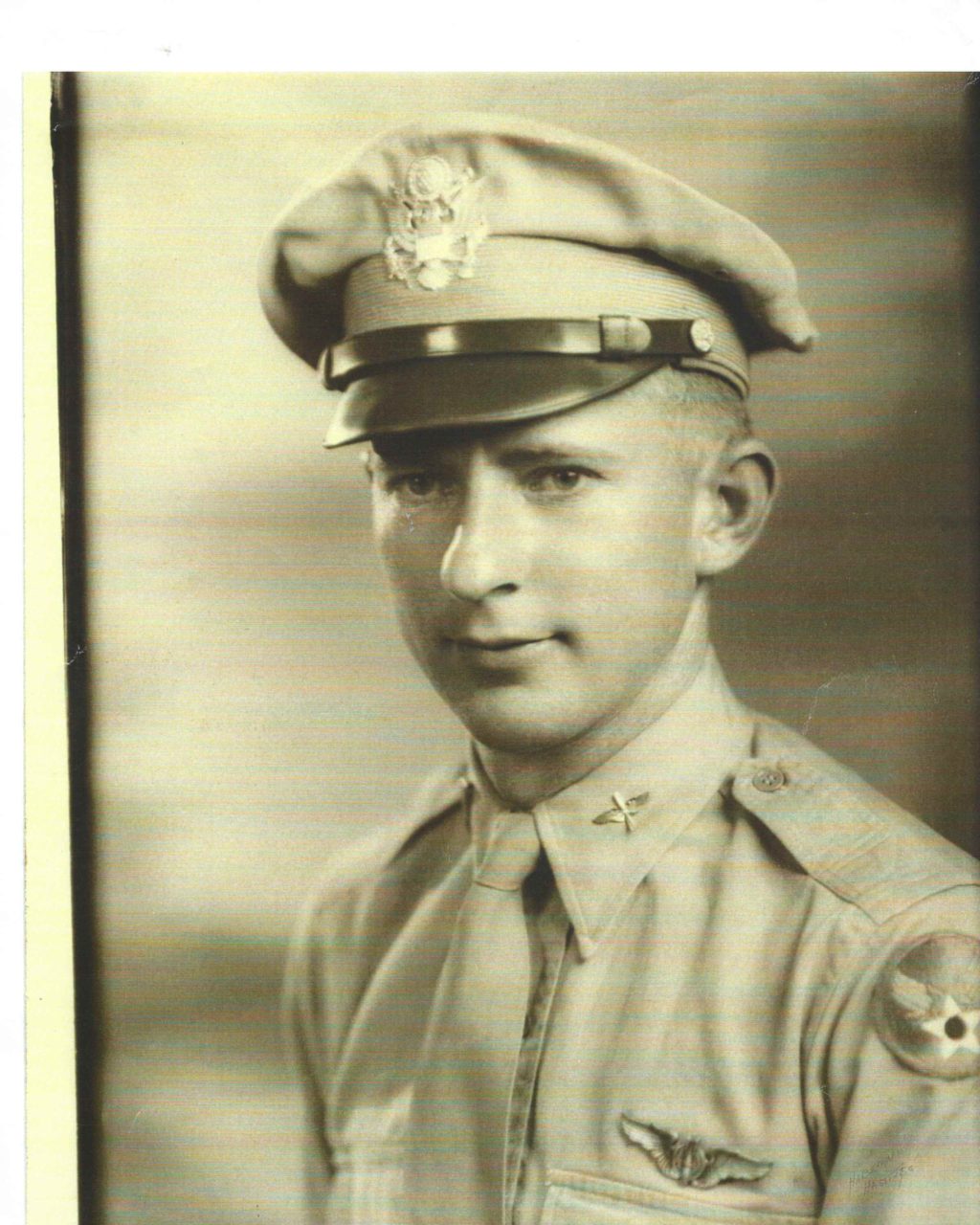
Scott Downing
After dropping incendiary ordinance over Tokyo, Downing’s B-29 was hit and he and the rest of his crew had to parachute from the plane. As he fell through the sky he knew he was visible to enemies on the ground, because the fires of Tokyo lit the sky so brightly. Nevertheless, he hit the ground and had enough time to hid his .45 pistol before being caught by “a bunch of farmers.”
Downing was taken to a POW prison somewhere in the vicinity of Japanese Western Army Headquarters.
What follows is an excerpt of the description of Downing’s prison and captivity conditions, drawn from my interviews with him. This description in its entirety is at the Nimitz Museum:
The prison was nothing more than a horse “stable” that had been converted into a jail to house the POWs. Each stall served as a cell, and each cell was completely boarded up so that the prisoners were not even afforded the liberty that horses had known – the liberty of sticking their head out of the stall and looking left and right, up and down the barn’s corridor.
There were six cells in the stable, each of which measured less than eight by twelve feet. Nineteen POWs were assigned to Downing’s cell, and that meant nineteen men had to sleep on the floor because their cell contained no chairs or beds. Things were understandably tight with so many men crammed into such a small space, and the POWs quickly learned that the only way that they could all lie down was to lie on their sides. Even then things were so tight that if one of the prisoners needed to turn over he had to stand up, turn in place, and lay back down. Not only were Downing and his fellow prisoners cooped up like animals, they were also denied baths, a change of clothes, or the opportunity to shave throughout their captivity.
Scott Downing was officially liberated from Japanese captivity on August 29, 1945.
Rufus “Rosy” Choate is another POW whose history will be contained in the collection. He was captured and held captive by the Japanese for 42 months after being sent to Malang (East Java) to support a B-17 Bomber group.
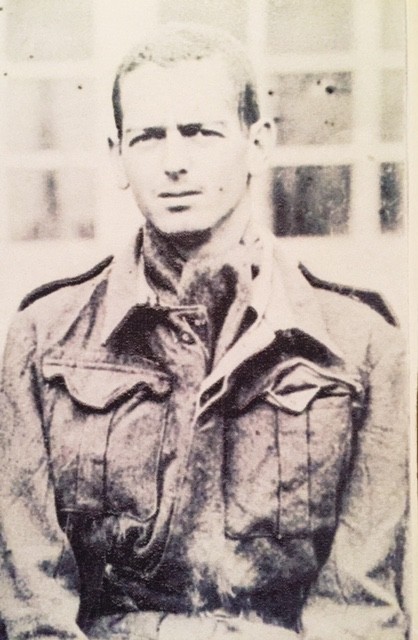
Rufus Choate
Choate was a POW from early March 1942 into August 1945. After being captured he was sent to Nagasaki, where he was forced to work in mines. He described better living conditions that Mr. Downing endured, but he was given very little food. Because of that, he worried that some of his fellow captives would be unable to survive a tough winter.
He said, “You know, when we was mining we were in mud and water all the time. And that was hard; especially because our rations wasn’t that much, like I told you. So we had guys losing weight and getting in bad shape and I would look at things and think, ‘I don’t know, if we have a bad winter, I don’t if very many of us will make it.’”
Yet throughout his 42 months of captivity, Mr. Choate said he never quit believing his fellow Americans would come to liberate him. In fact, he said he and his fellow captives would gather and assure each other that they had not been forgotten. He said, “In our quarters there, some old boy started this and we’d all say it. We’d say, ‘Well, they didn’t get here yesterday so I guess they’ll get here today. Well, they didn’t get here today so I guess they’ll be here tomorrow.’ And that was kind of our attitude.”
Chester Albert Ogle’s history will also be part of the “AWR Hawkins Collection” at Nimitz Museum. Mr. Ogle was not a POW, but he was a World War II combat veteran who served in Patton’s Third Army.
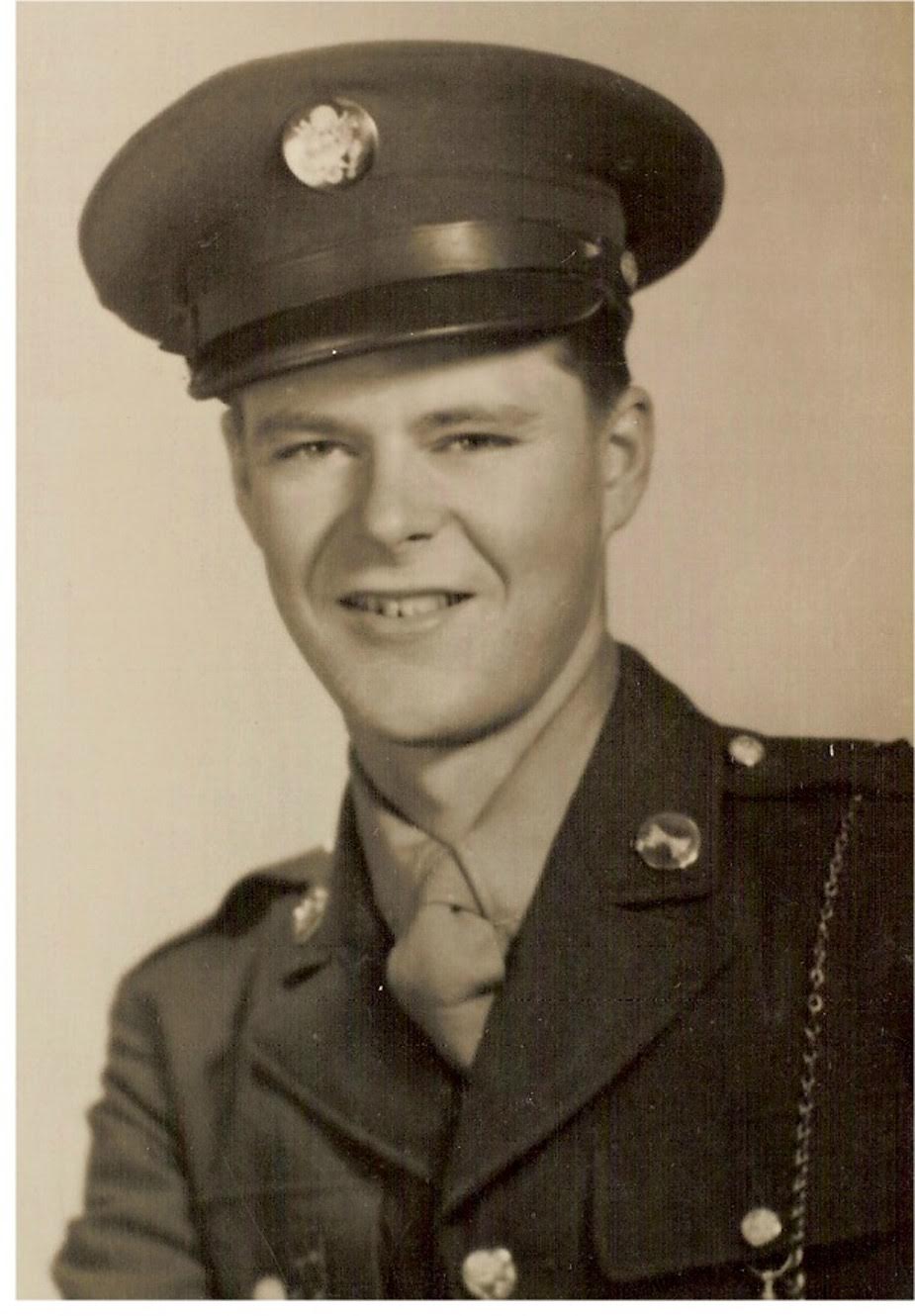
Chester Albert Ogle
Mr. Ogle described the push toward the Rhine River, and getting slowed by a contingency of Germans along the way. He recalled literally being pushed back by the Germans one day, only to receive orders from General Patton to “quite messing around and take the town.” Mr. Ogle said he and his fellow infantrymen knew the orders meant they would have to attack first thing in the morning. and he said he spent that night “on edge.”
He said, “That was the longest night that I ever remember, ‘cause I was dreading it, you know. And I couldn’t hardly relax…We all thought we’d be dead by daylight.” But when Mr. Ogle and his men awoke and moved back toward the town they found that the Germans had pulled back, which allowed Patton’s forces to gain the ground without firing a shot.
When I asked Mr. Ogle to talk a bit more about that “longest night,” he said, “See, the unknown is what is bad. The known you can handle, it’s the unknown that kills you. And that night, we was facing the unknown. We woke up thinking it was going to be a slaughter—we anticipated a slaughter ‘cause we didn’t know—but it wasn’t.”
The history of World War II combat veteran Gene Turner is also included in the “AWR Hawkins Collection.”
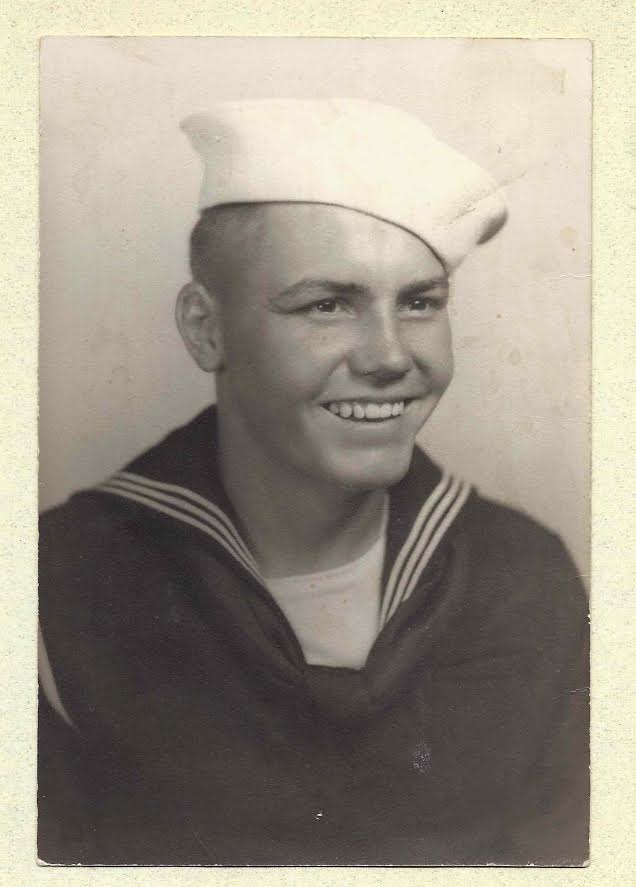
Gene Turner
Mr. Turner took part in the invasion of the Battle of Leyte, and afterward, discussed it via a letter to his hometown newspaper, the Amarillo Globe-Times. A clipping from his letter will be contained in the collection at the Nimitz Museum. In it, Mr. Turner wrote:
The day we were scheduled to unload our cargo the place was like a shooting gallery. On the beach you could hear and see our artillery in action, while out in the bay we had our own fireworks with plenty of [enemy] plans to shoot. In fact, there was so many you could take your pick.
In the night they came in on one of their low level flights, trying to skip bomb the ships in the harbor. In 15 minutes I saw seven planes on fire in our vicinity. In fact you could see three burning planes on fire in the air at the same time.
Mr. Turner was the gunner credited with shooting down two of those seven enemy planes.
What an honor it is to see these men honored and to share a very small piece of their stories with Breitbart News’ readers during this celebration of America’s Independence Day. It is because of men like Scott Downing, Rufus Choate, Chester Ogle, and Gene Turner that we are free. They and their fellow captives and combat veterans displayed the grit and courage to face the unknown for us and, when required, to endure the unknown in a small cell, a German-occupied town, or a ship under fire in the Pacific theater.
Freedom isn’t free. It never has been, it never will be.
*The histories in the ‘AWR Hawkins Collection’ should be complete and ready to access in person at the museum by September 1, 2017.
Listen to AWR Hawkins discuss the collection on Breitbart News Daily on SiriusXM:
AWR Hawkins is the Second Amendment columnist for Breitbart News and host of Bullets with AWR Hawkins, a Breitbart News podcast. He is also the political analyst for Armed American Radio. Follow him on Twitter: @AWRHawkins. Reach him directly at awrhawkins@breitbart.com.
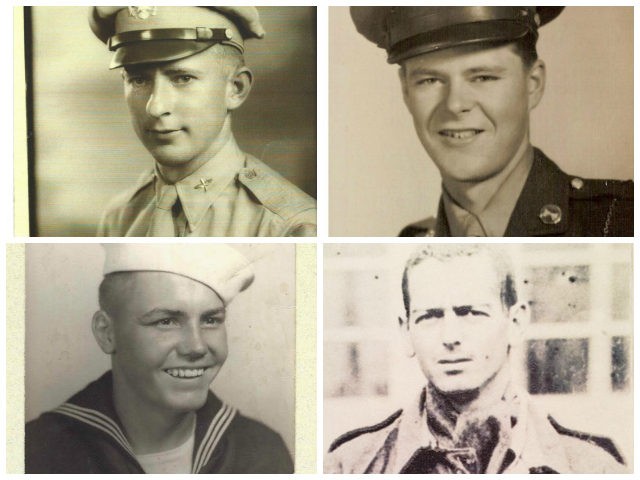
COMMENTS
Please let us know if you're having issues with commenting.